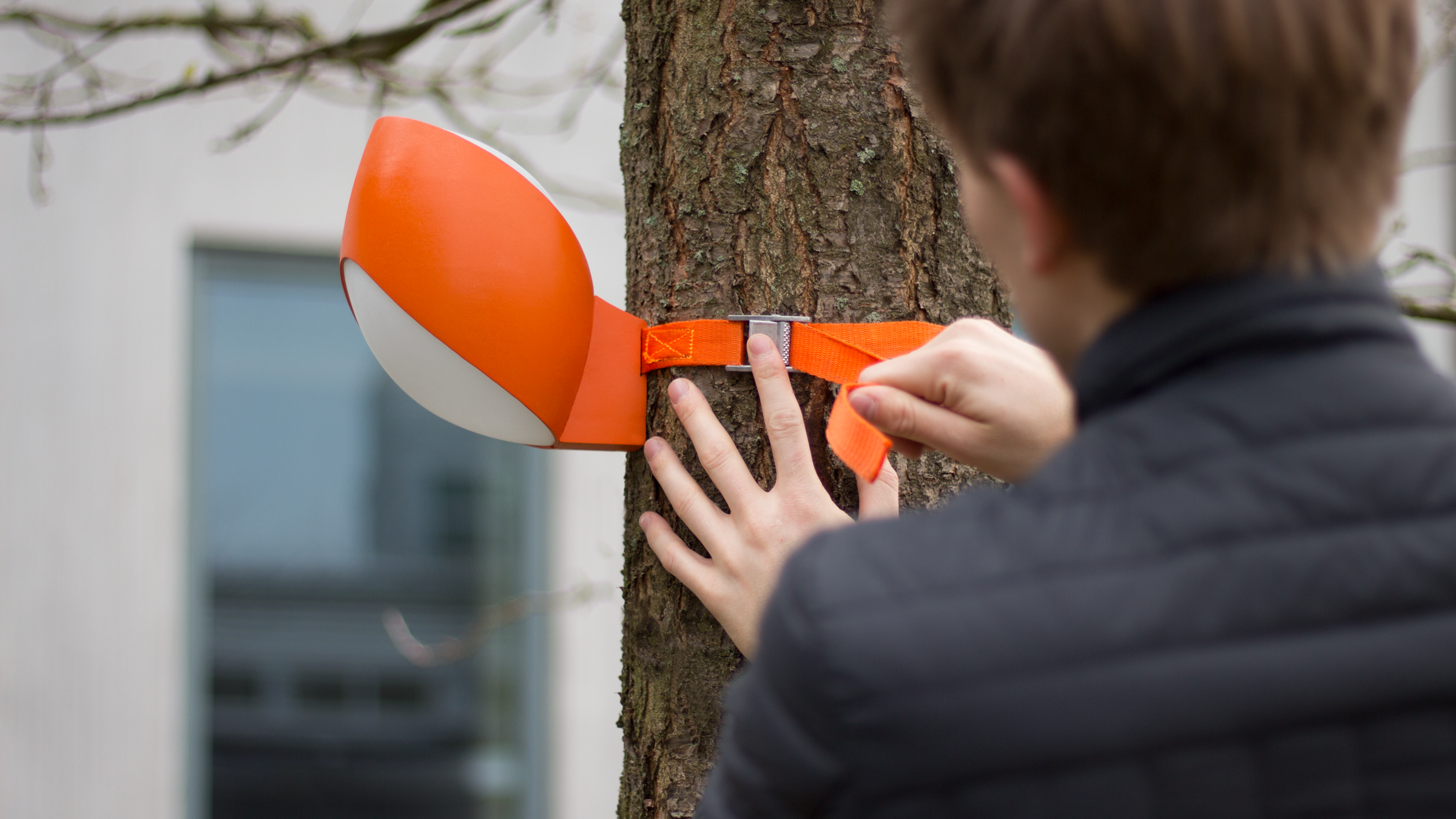
The task is to develop and build a full-scale working prototype of a luminaire to be used in public space supporting the notion of a „walkable city“. The guiding principle, solving the lighting problem should reflect energy efficiency and relate to the concept of „ darkness design“.
The luminaire is temporarily installed on paths in complete darkness near trees – for example paths between different stages at festivals. It should be easy to attach to various trees and aesthetically blend in with nature. Its light illuminates the path evenly, provides orientation and prevents glare.
Light & Colour
Lea Dörr
Supervisor
Olof Kolte
2019
Lund University
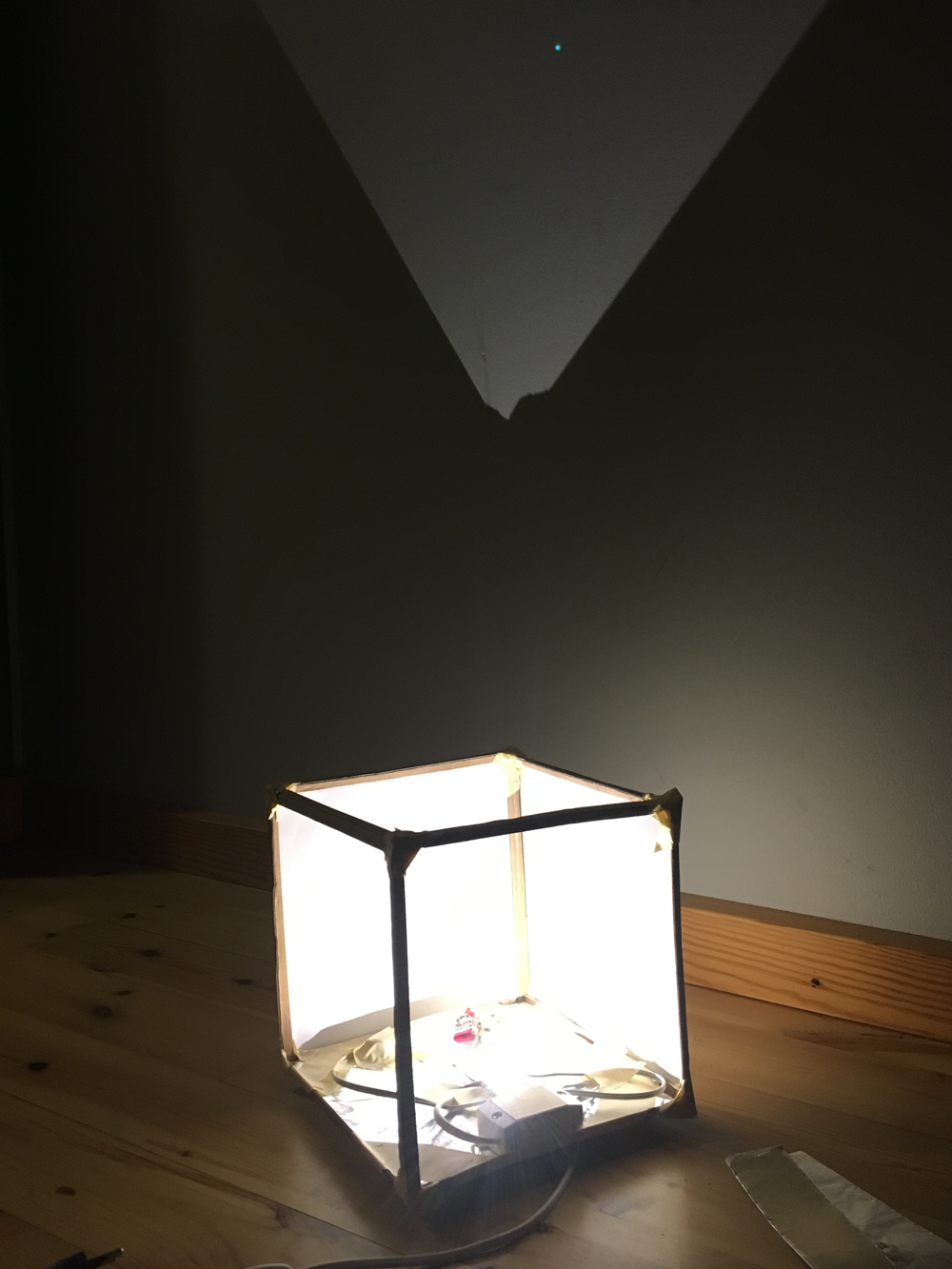

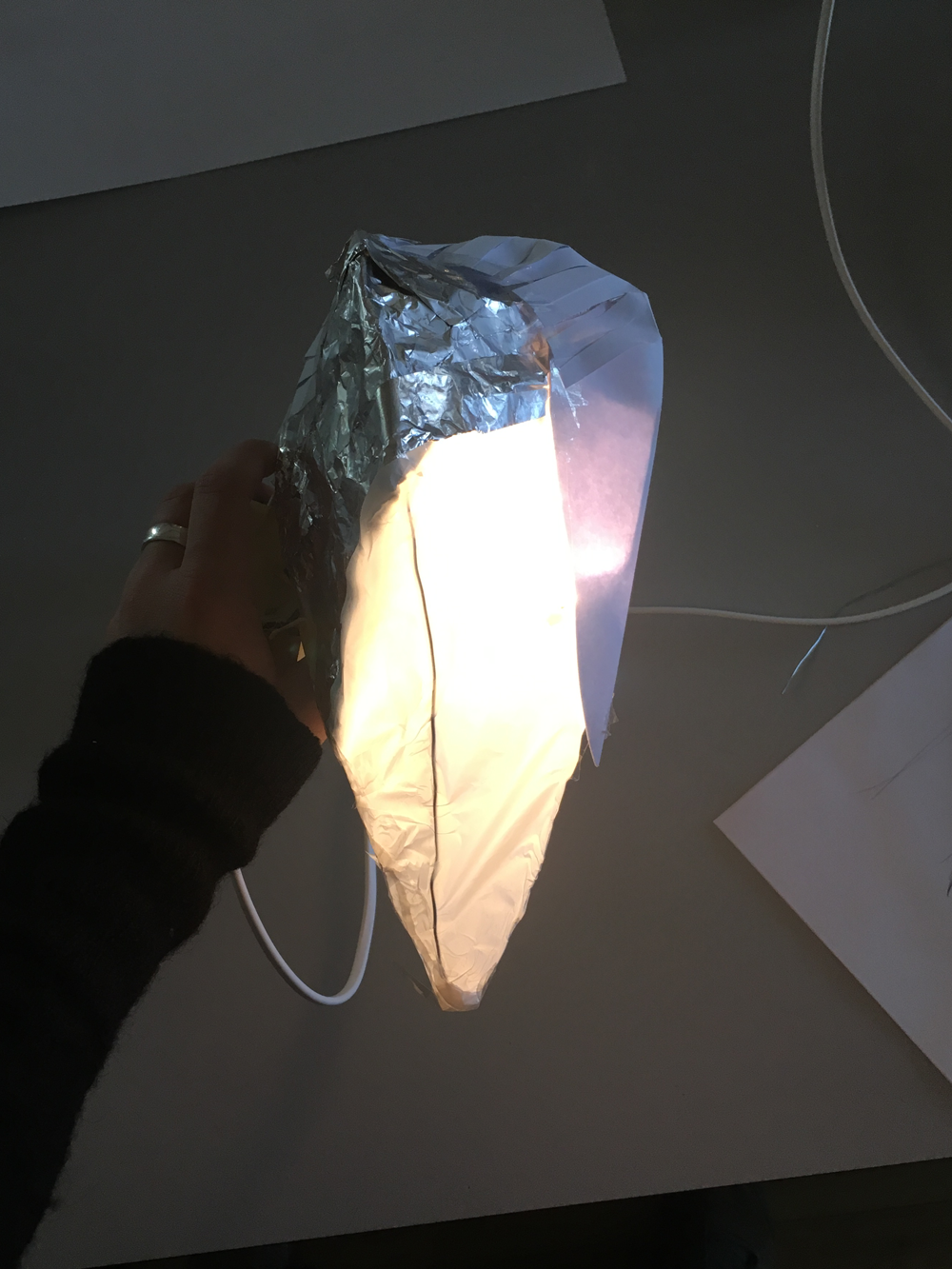
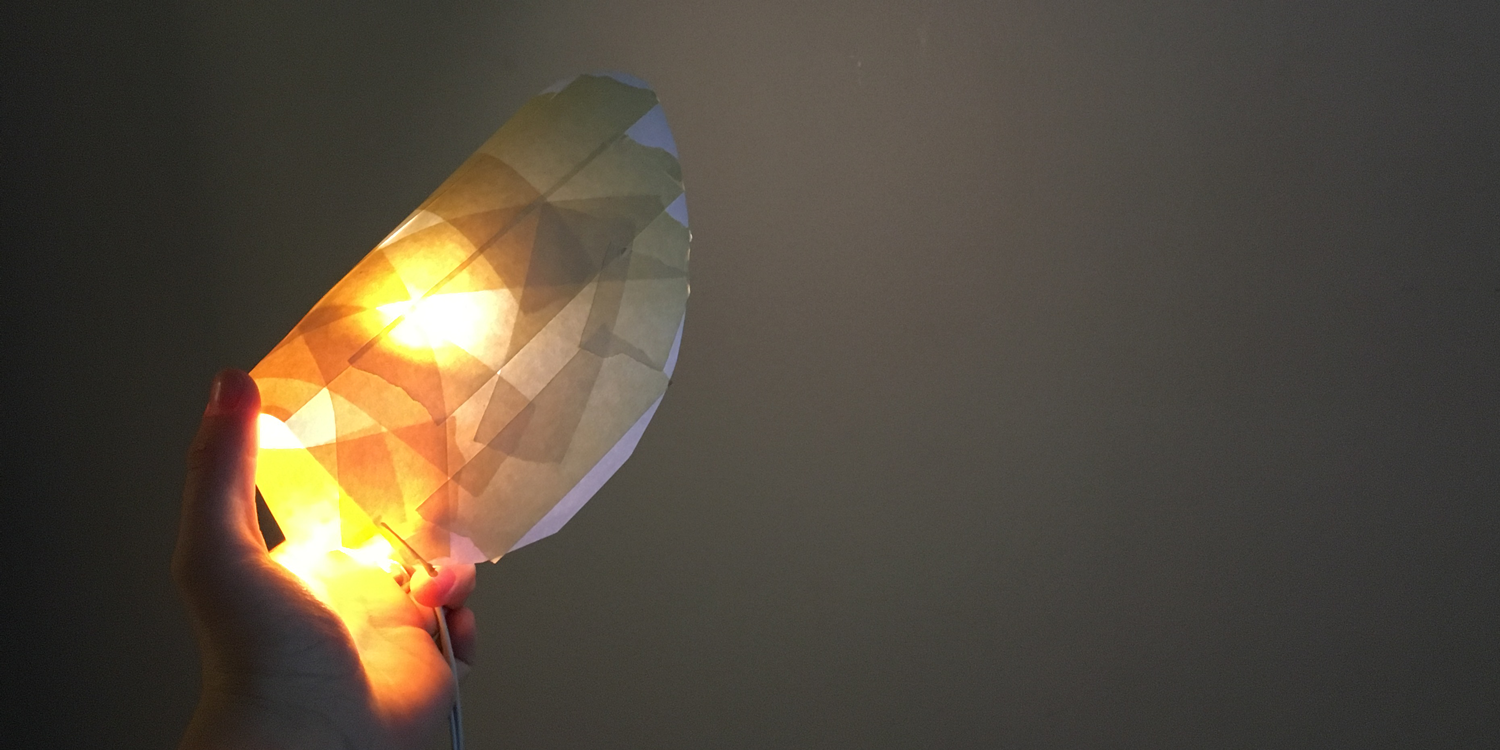
Light Experiments
I experimented with diffuser, reflector and different shapes. In doing so I asked myself questions like:
How can I use the same light source both as a spot and as diffuse light?
How should the light hit the reflector to create even light?
How can I integrate the driver effectively?
And above all: How can I achieve as much light as possible with as little energy as necessary?
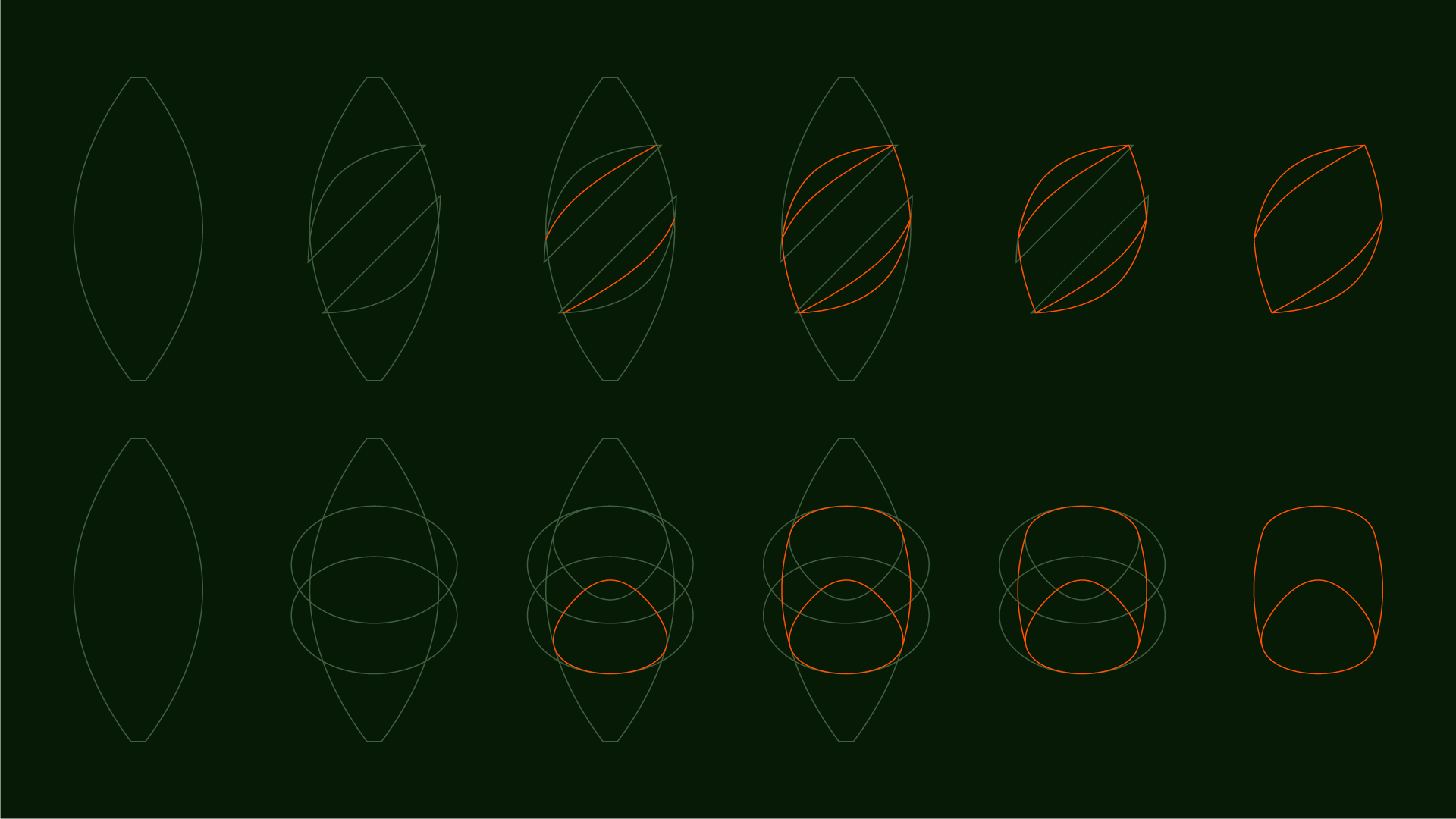
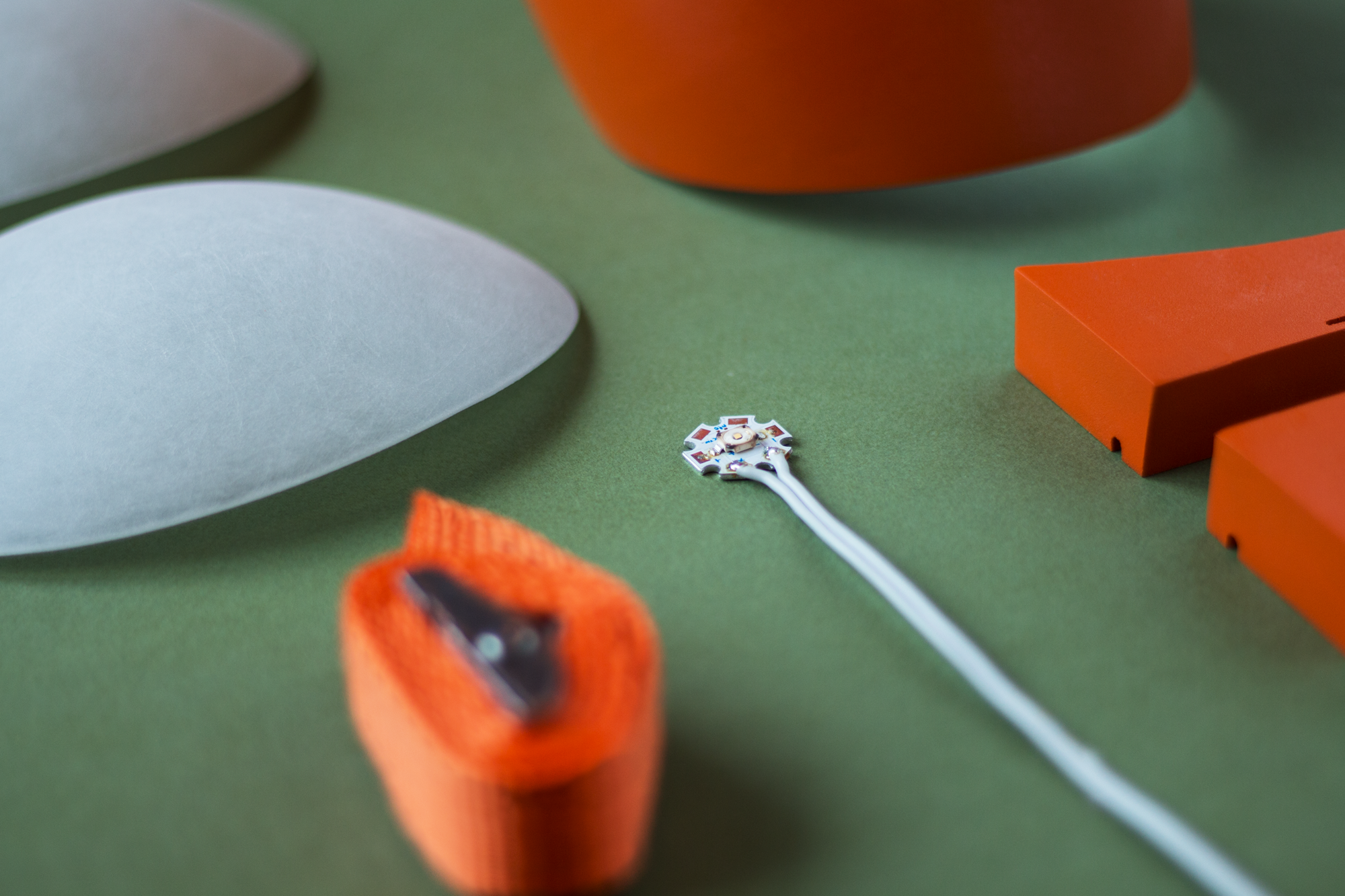
The components
The heart of the luminaire is an OSRAM Golden Dragon+ LED with one watt. It also consists of a reflector, two identical diffusers, a driver casing, which also serves as a spacer between the luminaire and the tree, and a belt for the attachment to trees.
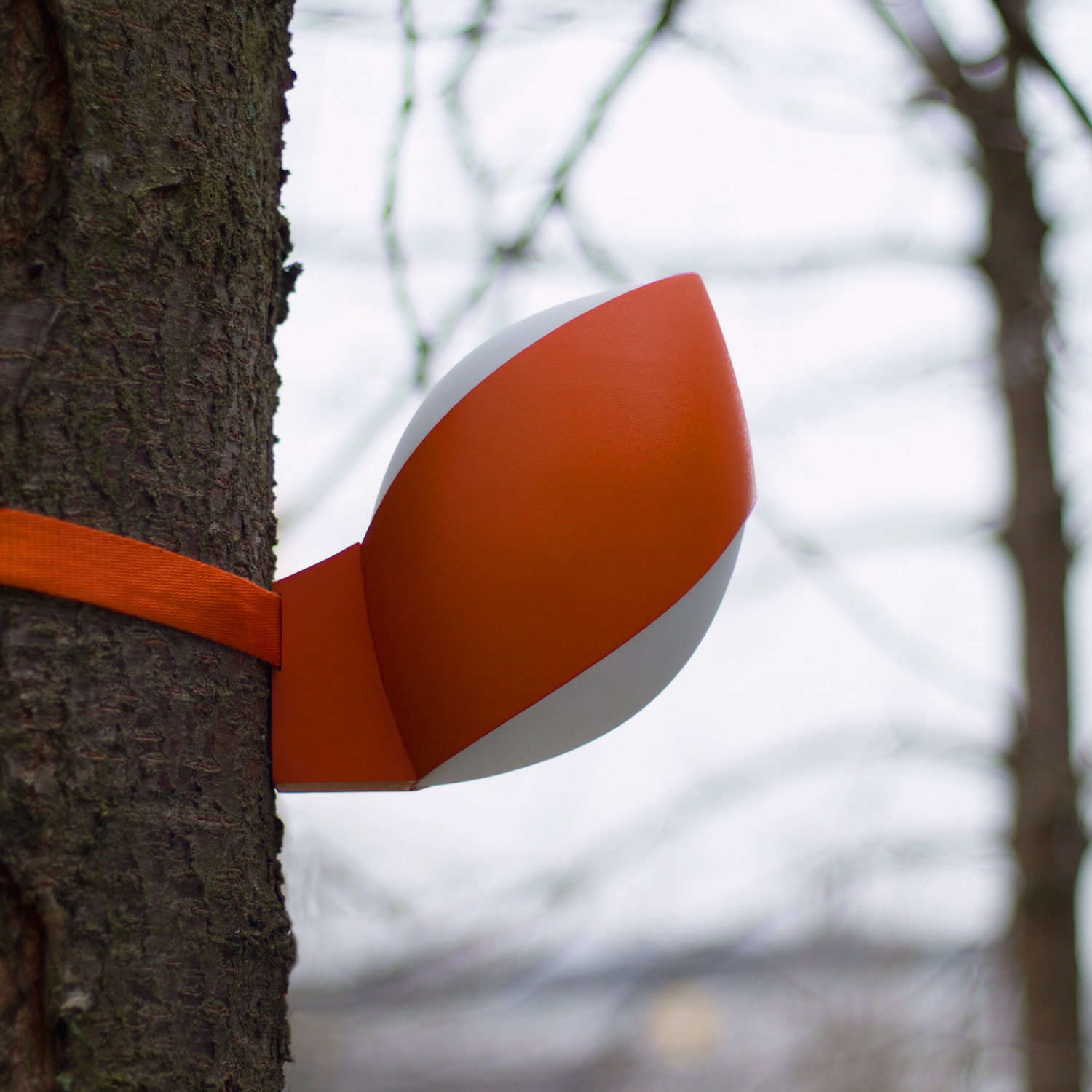
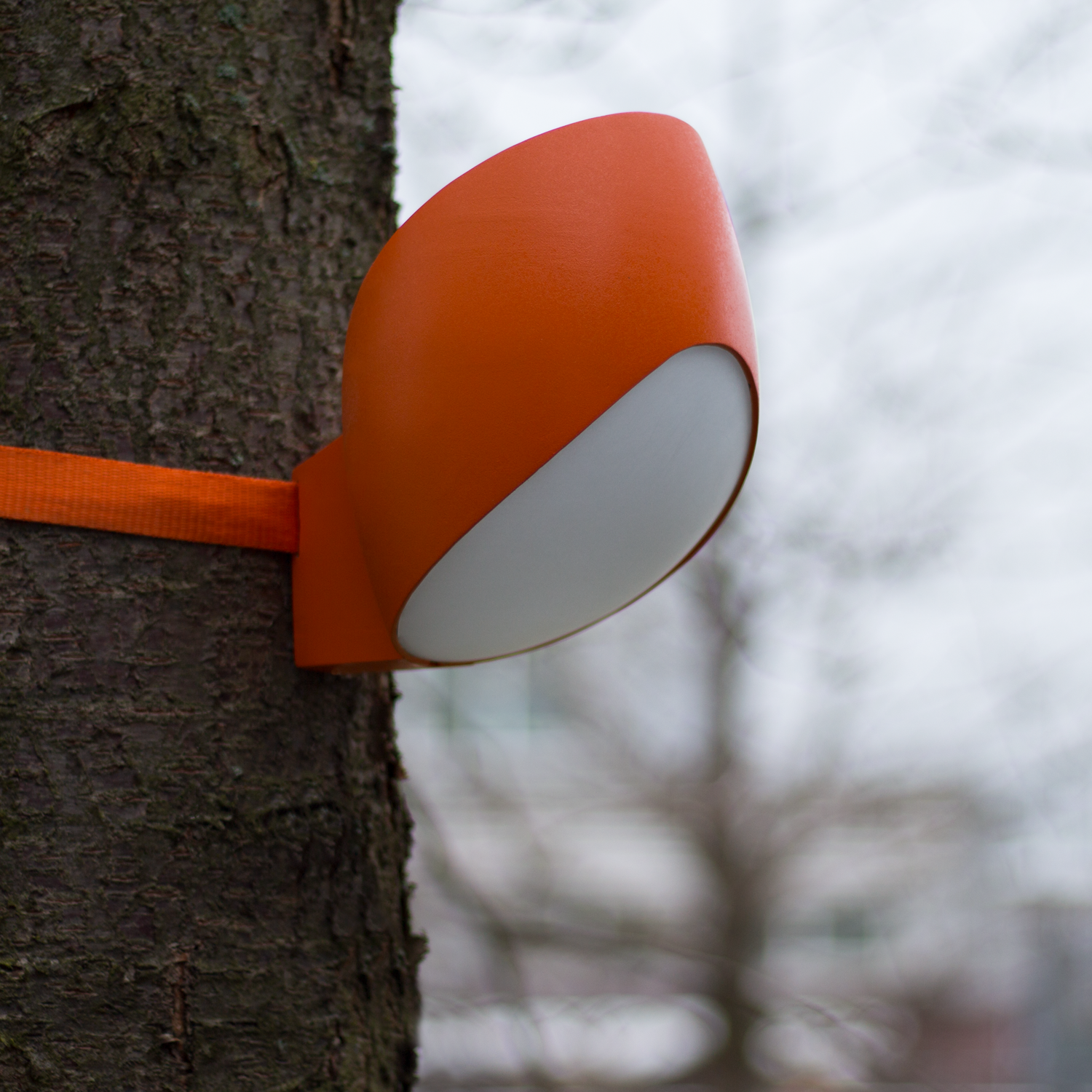
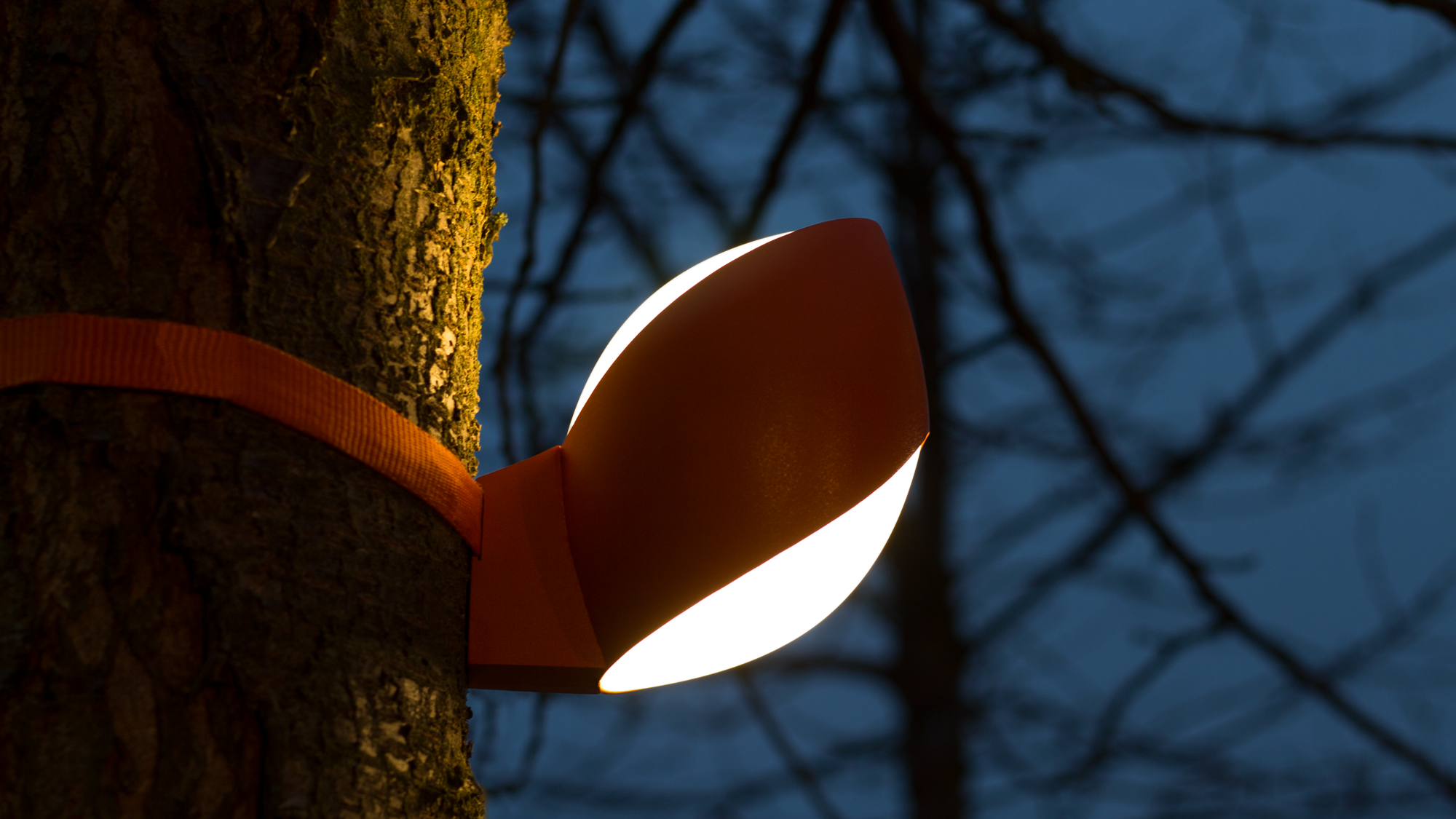
Reflection
In the theoretical unit of this course, I learned a lot about the Swedes’ relationship to light. On the one hand, the strong need for light when sunlight is missing. On the other hand, the awareness of the light pollution and the drastic consequences. With this background, designing my own outdoor luminaire, working with light experiments and shape explorations was a lot of fun. For the short amount of time given to this project, I am very pleased with the outcome.